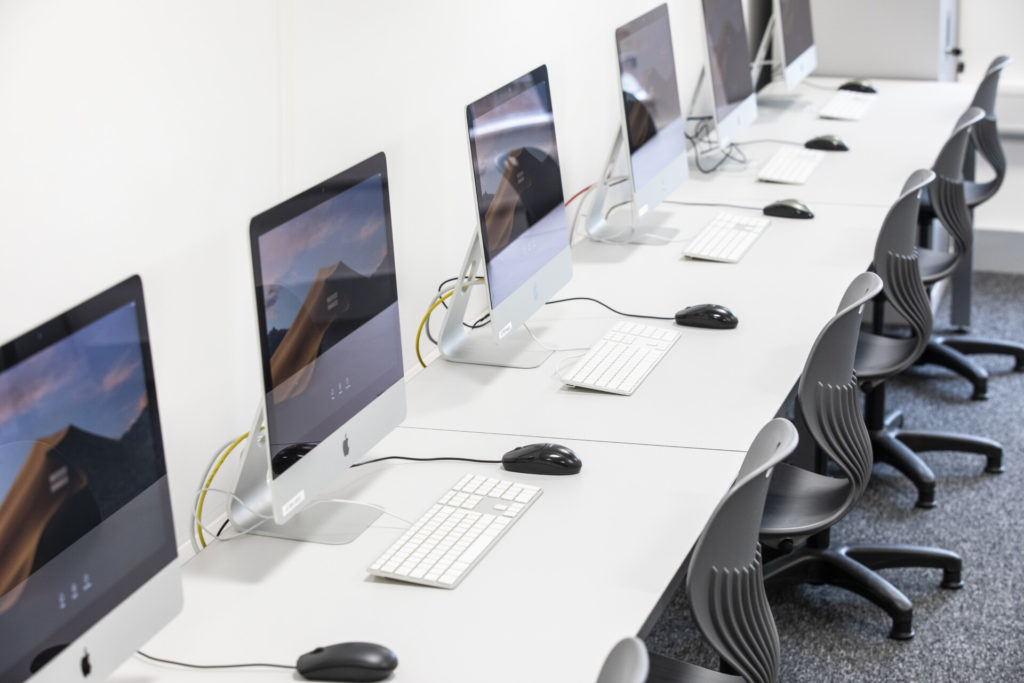Predicting the future of technology remains as difficult and unexpected as ever. As Bill Gates famously said, ‘We always over-estimate the change that will occur in the next two years and under-estimate the change that will occur in the next ten. Don’t let yourself be lulled into inaction’.
Over the last ten years tablet computers were very much perceived as the future and the replacement for desktop PC’s. However, traditional PC’s and notebook / laptop computers remained popular and tablet sales stalled. Then came along the most unexpected of unexpected events and the Covid-19 pandemic changed the learning and educating dynamic over night.
The latest research estimates that the sales of tablet computers grew by a staggering 25% during the second quarter of 2020. This was the same for notebook computers, but the sales of the good old desktop slumped by approximately twenty sixpercent. It is assumed that this swift and dramatic change in computer use has been driven by the necessity to work and continue education from home. But what does this mean for the school ICT room?
For many years now the traditional ICT lab layout of banks of tightly squeezed together desks or even worse, peripheral wall facing computer stations has thankfully been on the wain as technology has become smaller and more mobile. The combination of technology advances and a more widescale adoption of self-directed learning and blended learning techniques has led to a radical rethink on the layout and general requirements of these facilities.
Many educators have realised that the dull and uninspiring computer rooms of old are no longer fit for purpose. It couldbe argued that a dedicated ICT Lab is no longer the correct solution and perhaps a space akin to a common is a more suitable solution. As computer use moves more into other learning environments and its use increases within classrooms it is difficult to understand not only the future function for the old ICT space but also what name should be given to a potential new multifunctional flexible ICT area.
The new space should have facilities and furniture to allow for all potential teaching and learning styles, be it group collaboration, information sharing, individual private study or one to one space. Equally with the potential for future pandemic disruption it would be prudent to include facilities to assist and facilitate blended and distance learning. The term ICT or computer lab just doesn’t cut it anymore.Above all, flexibility and adaptability are key to the success of these spaces. Don’t be tempted to build the equipment into the fabric of the room as this is the one element that will become obsolete way before any other component. Do consider the wellbeing of users and think about sound attenuation, daylight, fresh air and comfort. Multiple studies show a direct correlation between the learning environment and positive outcomes.The Covid-19 pandemic has accelerated the rate of change that was already underway, especially in the use of technology and the design of the appropriate environments to support its use. As students return to schools it is critical that time is taken to re-evaluate how students and staff will now want to utilize areas such as those allocated to ICT and make them flexible, adaptable and ultimately as future proof as possible.
Envoplan can help you create a learning environment that positively impacts learning



